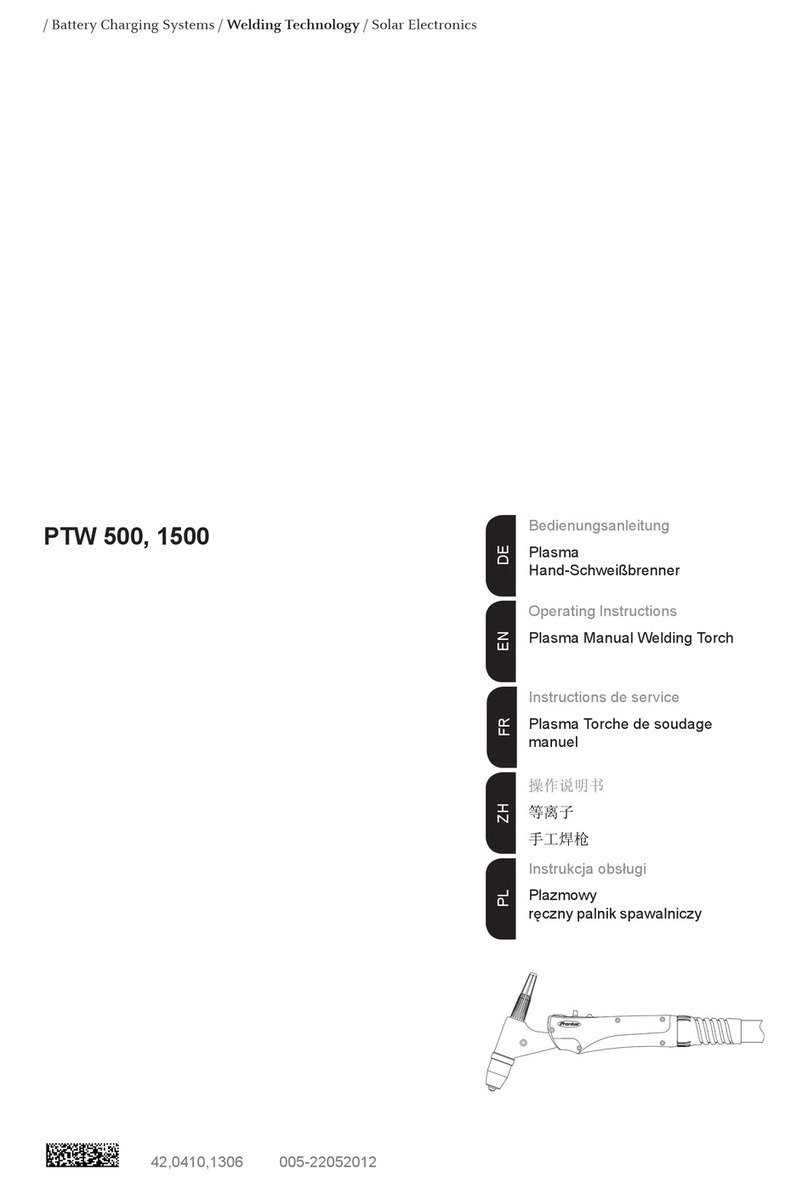
5
Table of Contents
Chapter 1: Getting Started 6
Section 1.1: Terminology 6
Section 1.2: Overview 8
Chapter 2: Installation 11
Section 2.1: General Requirements 11
Section 2.2: Layout 12
Section 2.3: Unpacking 13
Section 2.4: Source Installation 14
Chapter 3: Specications 18
Section 3.1: Specications for RF Neutralizer (RFN) 18
Section 3.2: Specications for 6 cm RF 19
Section 3.3: Specications for 12 cm RF 20
Section 3.4: Specications for 16 cm RF 21
Section 3.5: Specications for 23 cm RF 22
Section 3.6: Specications for Linear RF 23
Section 3.7: Power Supply Specications 24
Chapter 4: Operation 25
Section 4.1: Quick Start Sequence 25
Section 4.2: Additional Resources 29
Chapter 5: Advanced Operation 30
Section 5.1: Grid Theory 30
Section 5.2: Source Ignition 36
Section 5.3: Source Ignition Sequence 38
Section 5.4: Technical Tips 39
Chapter 6: Maintenance 42
Section 6.1: Maintenance Work Station 42
Section 6.2: Schedule 43
Section 6.3: Common Wear and Tear 44
Section 6.4: Recommended Spare Parts 45
Chapter 7: Troubleshooting 46
Section 7.1: Common Issues and Quick Fixes 47
Section 7.2: Power Supply Error Codes 48
Section 7.3: RF Neutralizer (RFN) Errors 51
Section 7.4: Starting the Source 53
Section 7.5: Turning on the Beam 54
Section 7.6: Additional Resources 55
Chapter 8: Parts and Drawings 56
Section 8.1: Navigating Grid Assembly Drawings 56
Section 8.2: Part Numbers for RFN 57
Section 8.3: Part Numbers for 6 cm RF Source 58
Section 8.4: Part Numbers for 12 cm RF Source 61
Section 8.5: Part Numbers for 16 cm RF Source 64
Section 8.6: Part Numbers for 23 cm RF Source 69
Section 8.7: Part Numbers for 6x22 cm RF Source 72
Section 8.8: Part Numbers for 6x30 cm RF Source 73
Appendix A: Cleaning Guide 75
Section A.1: Molybdenum Grid Cleaning Procedure 75
Section A.2: Reassemble 78
Section A.3: Electrical Testing 82




























